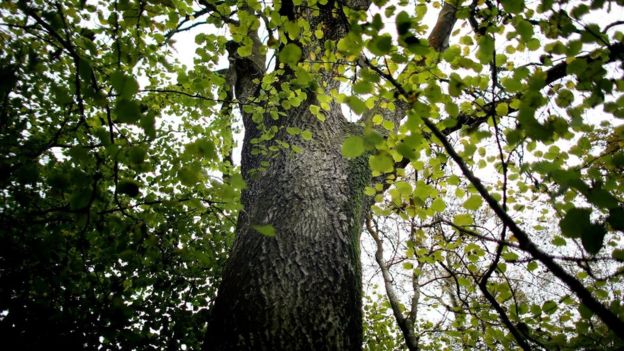The ash tree is likely to be wiped out in Europe, according to the largest-ever survey of the species.
The trees are being killed off by the fungal disease ash-dieback along with an invasive beetle called the emerald ash borer, according to BBC.
This could mirror the way Dutch elm disease largely wiped out the elm in the 1980s.
Ash trees are a key part of the treescape of Britain. In and around towns and cities there are 2.2 million. In woodland, only the oak is more common.
Ash dieback, also known as Chalara, is a disease that was first seen in Eastern Europe in 1992. It now affects more than 2 million sq km, from Scandinavia to Italy.
 It was identified in England in 2012 in a consignment of imported infected trees. It has since spread from Norfolk and Suffolk to South Wales. Caused by the fungus Hymenoscyphus fraxineus, it kills the leaves, then the branches, trunk and eventually the whole tree. It has the potential to destroy 95% of ash trees in the UK.
It was identified in England in 2012 in a consignment of imported infected trees. It has since spread from Norfolk and Suffolk to South Wales. Caused by the fungus Hymenoscyphus fraxineus, it kills the leaves, then the branches, trunk and eventually the whole tree. It has the potential to destroy 95% of ash trees in the UK.
The emerald ash borer is a bright green beetle that, like ash dieback, is native to Asia. It’s not yet in the UK but is spreading west from Moscow at a rate of 25 miles (41 km) a year and is thought to have reached Sweden.
The adult beetles feed on ash trees and cause little damage. However the larvae bore under the bark and in to the wood, killing the tree.
One small hope is that some cloned ash trees have shown resistance against the fungus. But that won’t protect them against the beetle.
H.Z

